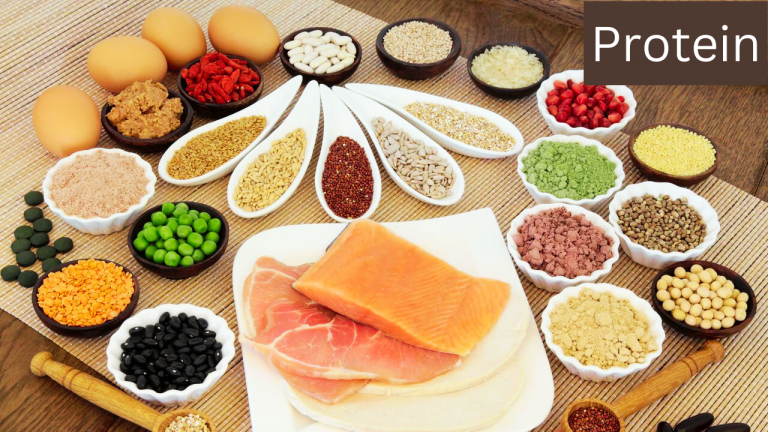How Are Carbohydrates Digested?

Carbohydrates are digested in the digestive system, starting in the mouth and continuing through the stomach and small intestine.
In the mouth, enzymes called amylases break down complex carbohydrates (such as starch) into smaller pieces, such as maltose. Salivary amylase is one type of amylase that begins the digestion process in the mouth.
After swallowing, the food travels down the esophagus and into the stomach, where stomach acid and enzymes continue to break down the carbohydrates.
Once the food reaches the small intestine, pancreatic enzymes and enzymes on the surface of the small intestine complete the breakdown of carbohydrates into simple sugars like glucose. These simple sugars can then be absorbed into the bloodstream through the lining of the small intestine and transported to the liver and other organs for use as energy.
Any undigested carbohydrates pass through to the large intestine, where they can be fermented by gut bacteria, producing gas and other byproducts.
Overall, the digestion of carbohydrates is a complex process involving multiple organs and enzymes in the digestive system.



